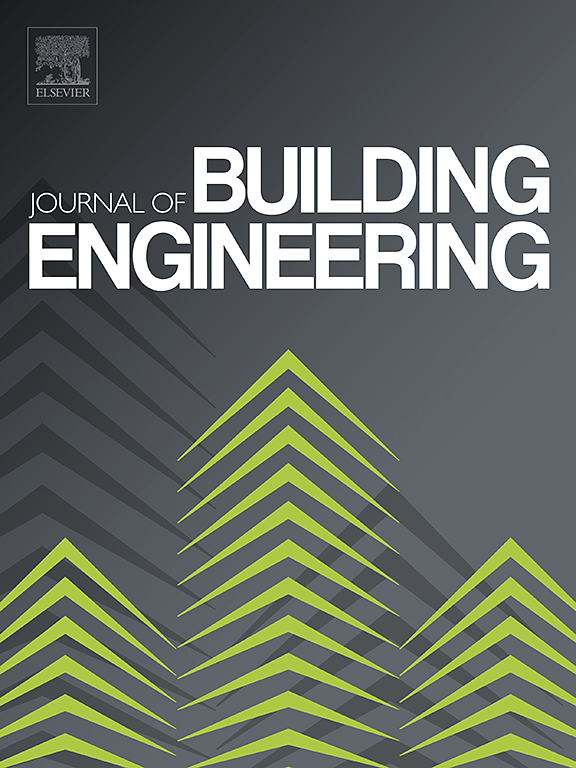Innovative valorization of basic oxygen furnace slag in gypsum-based sustainable building blocks
IF 6.7
2区 工程技术
Q1 CONSTRUCTION & BUILDING TECHNOLOGY
引用次数: 0
Abstract
Incorporating supplementary cementitious materials (SCMs) like ground granulated blast furnace slag (GGBS) into gypsum-based blocks enhances their compressive strength. However, over-reliance on GGBS is a concern due to its extensive use in the construction industry. To address this, basic oxygen furnace slag (BOFS) was introduced as a substitute for GGBS in producing gypsum-based blocks. Three mixture proportions of gypsum-based blocks were prepared with varying hemihydrate building gypsum contents and combined with 5 % ordinary Portland cement as an alkaline activator. The remaining SCM content, initially GGBS, was progressively replaced with BOFS. The results indicated that the low reactivity of BOFS, lower Al3+ content (5.50 %), and the presence of C12A7 led to decreased early compressive strength with increasing BOFS replacement. Nevertheless, the compressive strength development improved due to the formation of secondary hydration products. Microscopic analysis revealed that increased BOFS content enhanced the alkalinity and water content of the reaction system, thus promoting hydration reactions. In addition, the increase in BOFS content changed the morphology of C-S-H from an amorphous form to a fibrous-like structure with superior mechanical properties. In summary, gypsum-based blocks with 20 % BOFS used solely as the SCM attained a satisfactory 28-day compressive strength, which was 24 % higher than the counterpart specimens using GGBS as the SCM. These findings demonstrate the potential of BOFS as a novel SCM in gypsum-based materials.
求助全文
约1分钟内获得全文
求助全文
来源期刊

Journal of building engineering
Engineering-Civil and Structural Engineering
CiteScore
10.00
自引率
12.50%
发文量
1901
审稿时长
35 days
期刊介绍:
The Journal of Building Engineering is an interdisciplinary journal that covers all aspects of science and technology concerned with the whole life cycle of the built environment; from the design phase through to construction, operation, performance, maintenance and its deterioration.
 求助内容:
求助内容: 应助结果提醒方式:
应助结果提醒方式:


